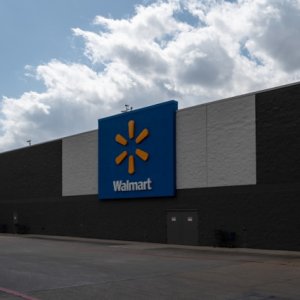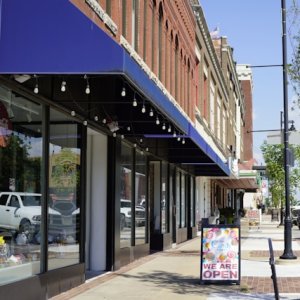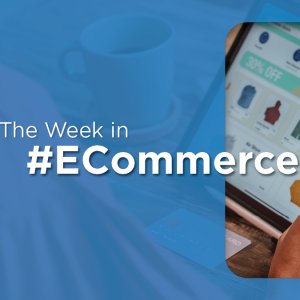Experience: The Best Ally for Physical Stores

STORY INLINE POST
The time when a committed salesperson and a good product in the physical space were more than enough to make a physical store successful is over.
By 2021, as physical stores began to break with the old practices of the industry, pushed by survival, two practices became very important for decision-makers: bringing people inside the stores and analyzing the information to take specific actions on the problems related to each specific space.
The question that had them worried was how to attract the attention of the people in the mall and get them into a store?
The edge of experience
From the end of the last century, brands began to invest the same effort and budget in setting up attractive points of sale for their buyers as for the product itself. The motivation was to gain a foothold in the market in the face of growing competition by generating a favorable environment so people would feel comfortable while shopping.
Thanks to this, the growth of interior design in retail began, along with strategic planning for each brand to establish the buyer’s journey aligned to specific objectives.
Brands explored the opportunity to generate feelings in their buyers as they made their purchases; using lighting, music, and even various aromas at the point of sale became basics in this new approach. Using coconut-scented beach wear, for instance, stores could transport their customers to the beach.
The example within retail that has always led this trend is luxury brands since, by the very nature of their final consumer, the physical space becomes a key player in making the sale. It is illogical to sell a luxury product or clothing in a space that does not reflect the same value as what is purchased.
Another example on a larger scale is IKEA, where its space is heavily committed to a strategic buyer journey that influences the customer to purchase accessories. The display and distribution are among the pillars of its business model.
Although these practices are very common today for any brick-and-mortar store, the innovation has already been achieved and no longer represents an added value to the shopping experience.
Generating experiences at the point of sale was already popular. After the pandemic, several key players in the retail industry agree that this year, improving the purchase process should be a priority for brands.
The use of social media to promote a brand has driven this trend, where the point of sale works as a source of promotion by itself, with locations inside that are likely to be Instagramable.
But it goes further. Today, brands have discovered greater engagement with customers who are directly involved with brand activities. They are more likely to raise the buyback.
The objective is to connect with the interests of the shoppers. Although it does not seem to have a direct relationship with the final product to be sold, the buyers motivate the growth of a warmer relationship that is not only for a commercial purpose.
The First Quarter in Mexico
Recreational activities within commercial spaces are increasing. People are walking more, going to restaurants and coffee shops or hanging out without the intention to shop. As a result, visits to the interior of stores have declined in 2022.
According to Getin, store entries fell 32 percent in 1Q22 compared to 1Q19 (a period in which COVID wasn’t yet considered in Mexico).
The trend indicates that this behavior could be constant throughout the year. Implementing a strategy aimed at generating experiences at their points of sale is now a must for retail brands.








 By Francisco Álvarez | CCO and Co-Founder -
Tue, 04/26/2022 - 17:00
By Francisco Álvarez | CCO and Co-Founder -
Tue, 04/26/2022 - 17:00















